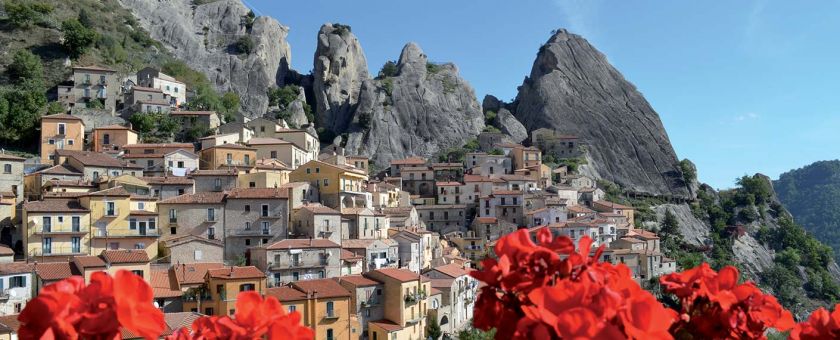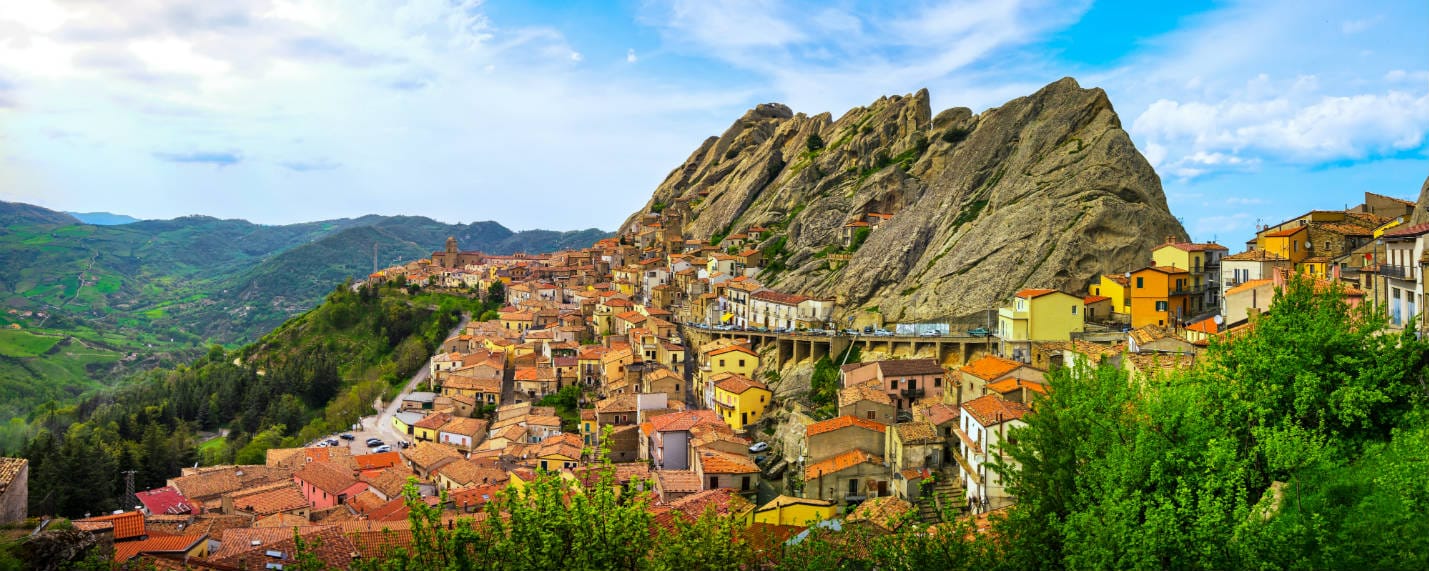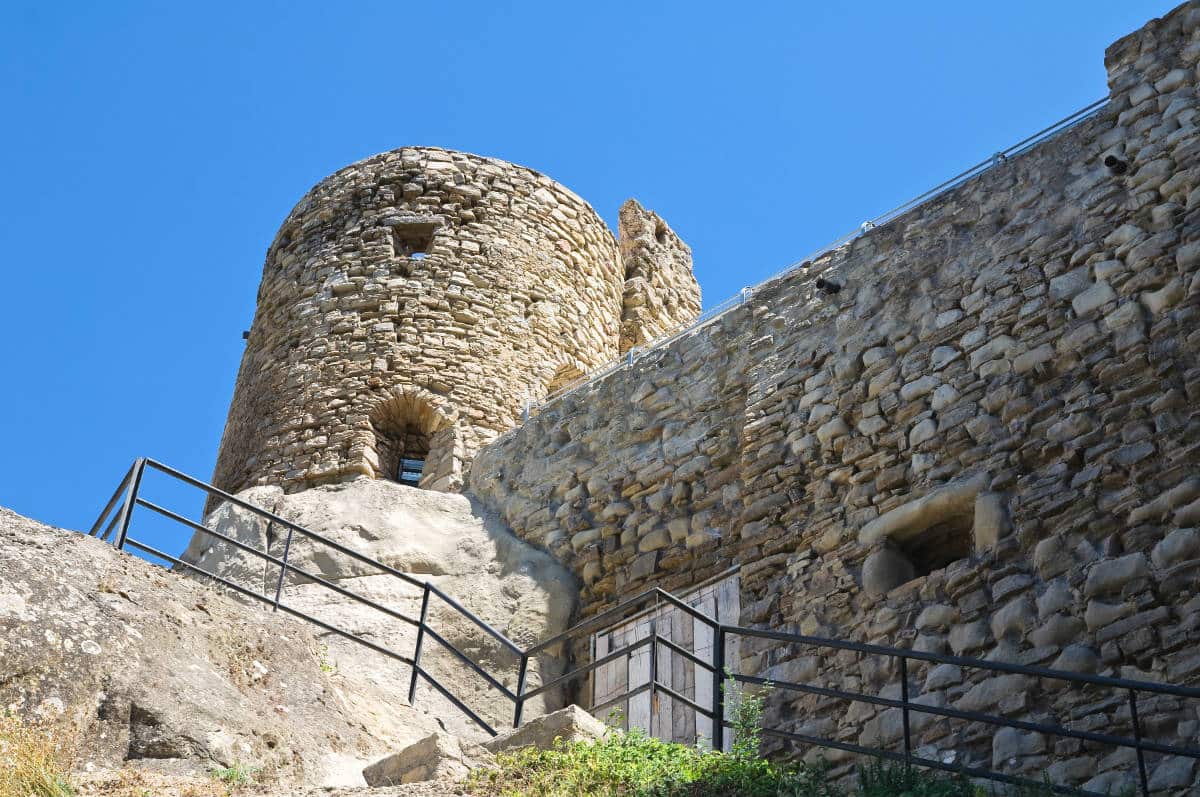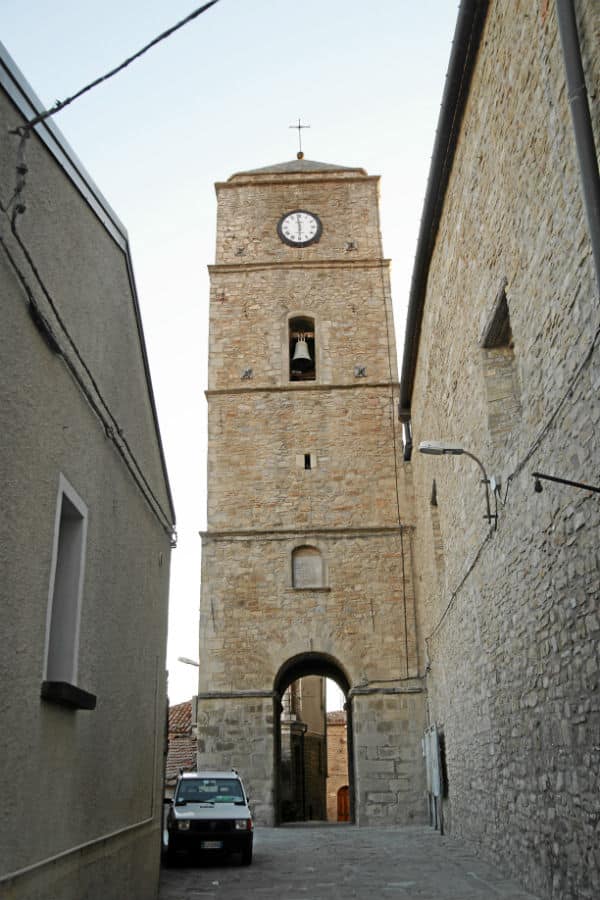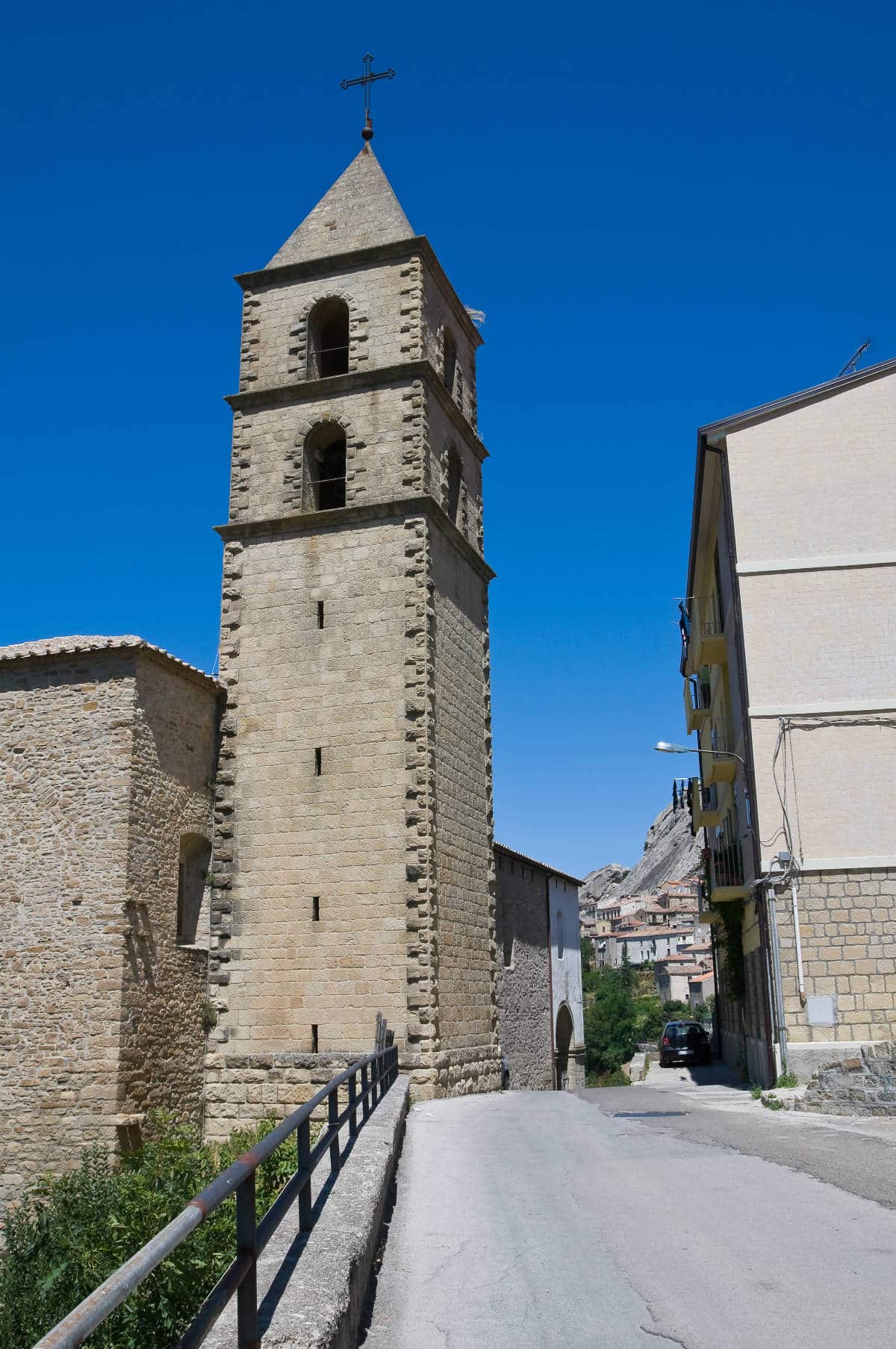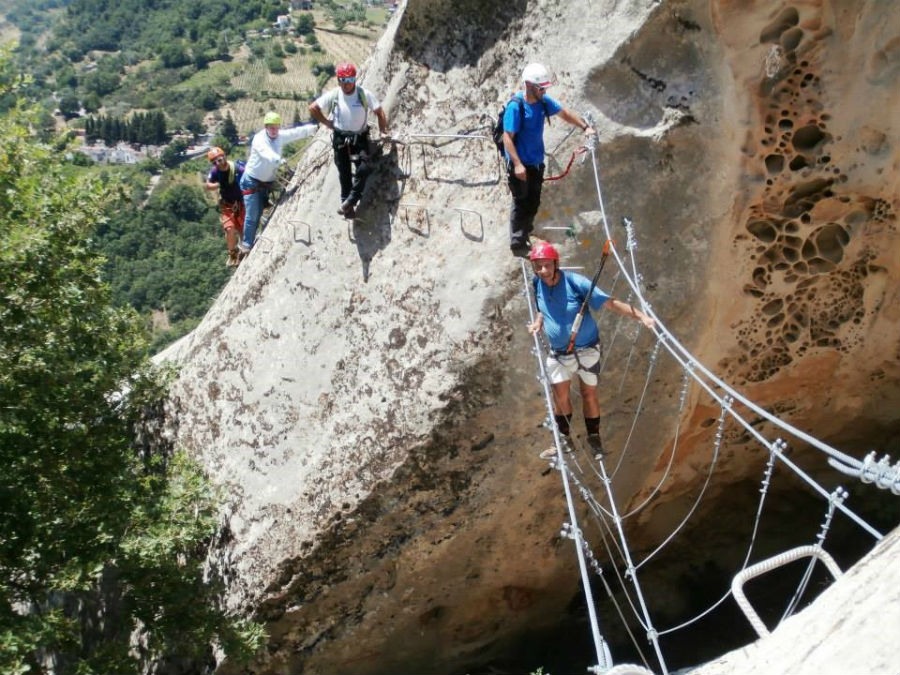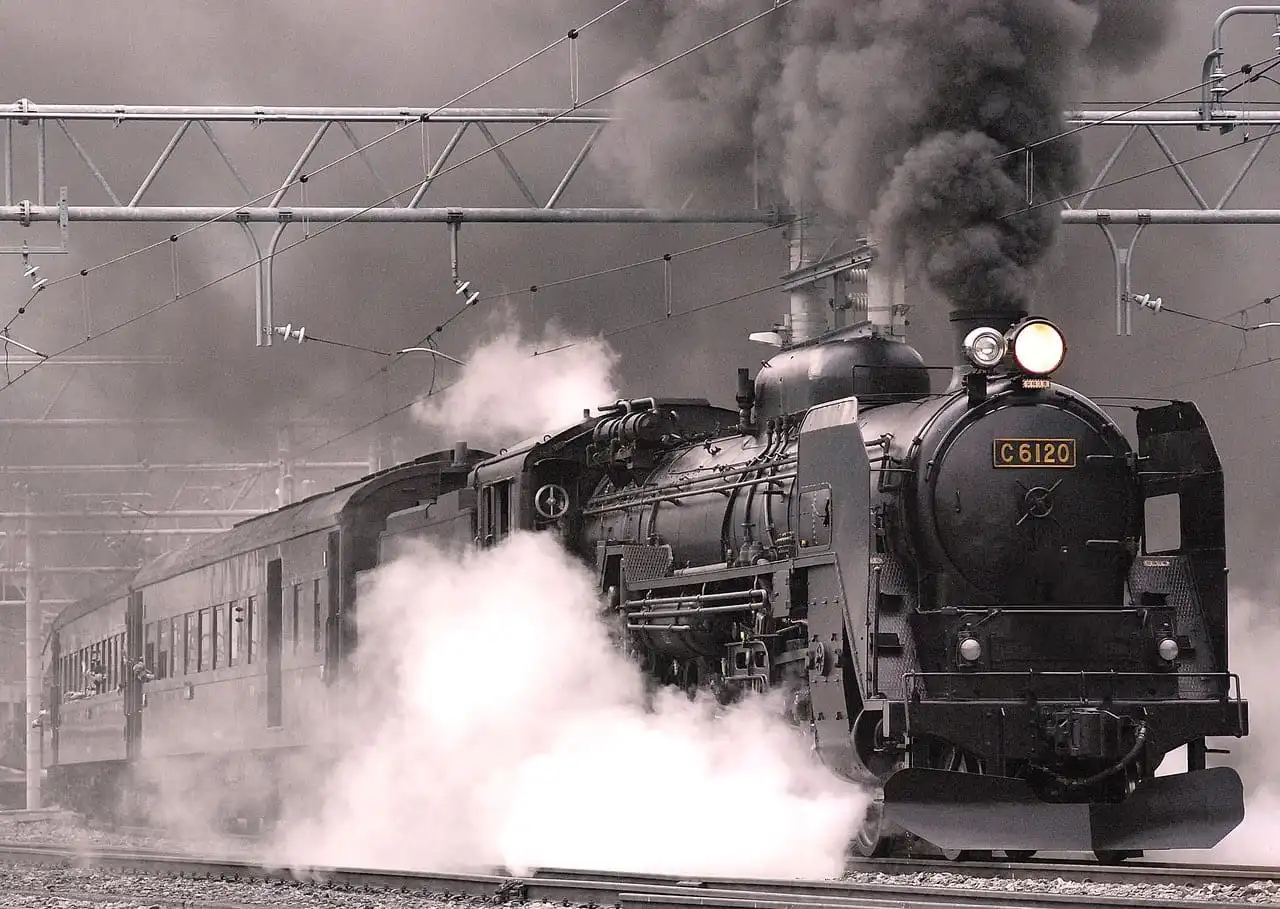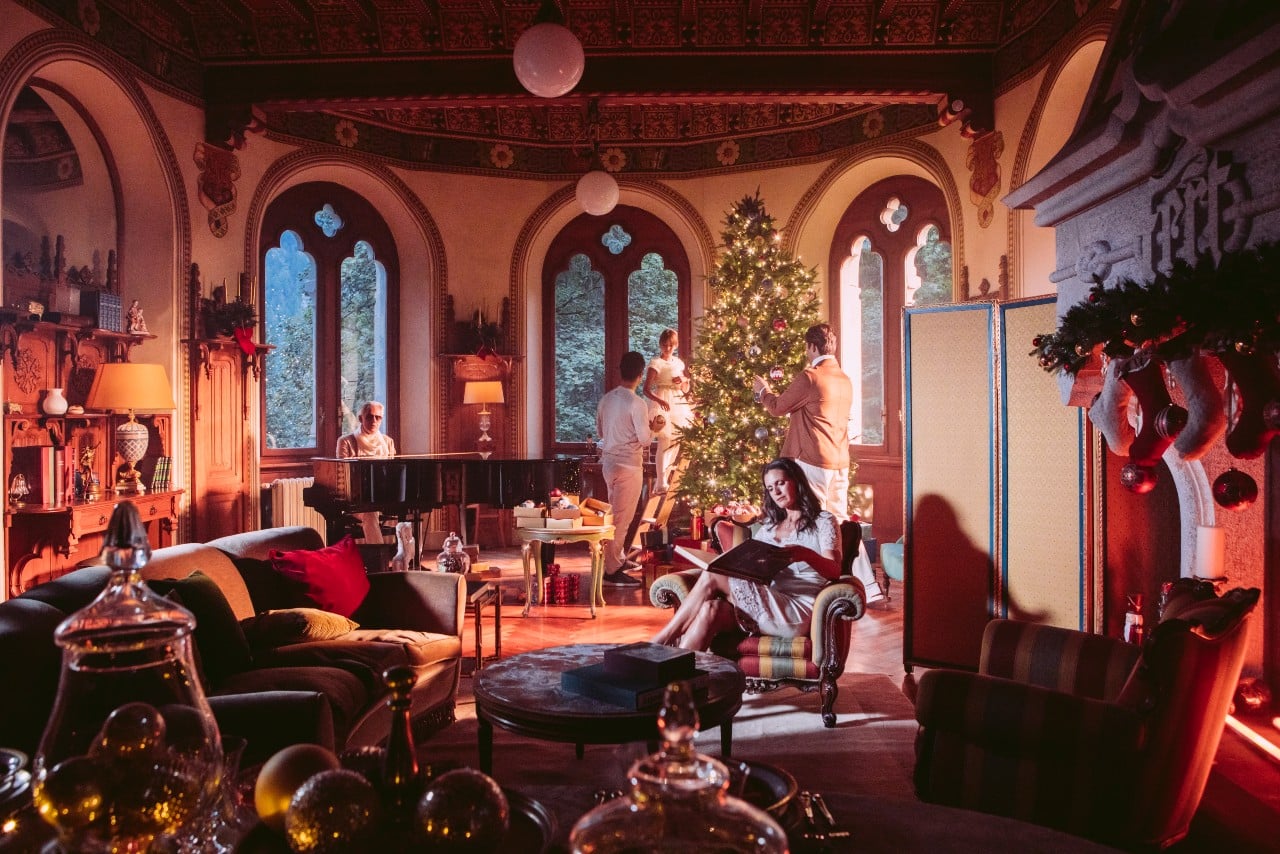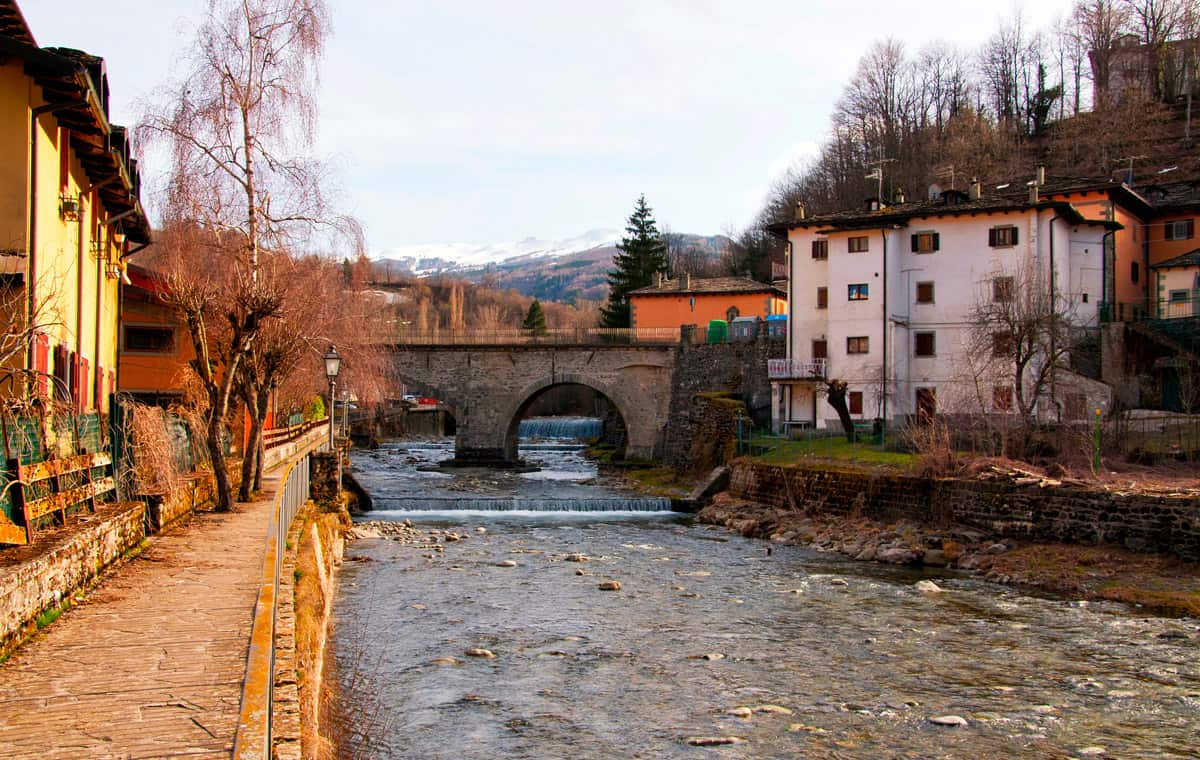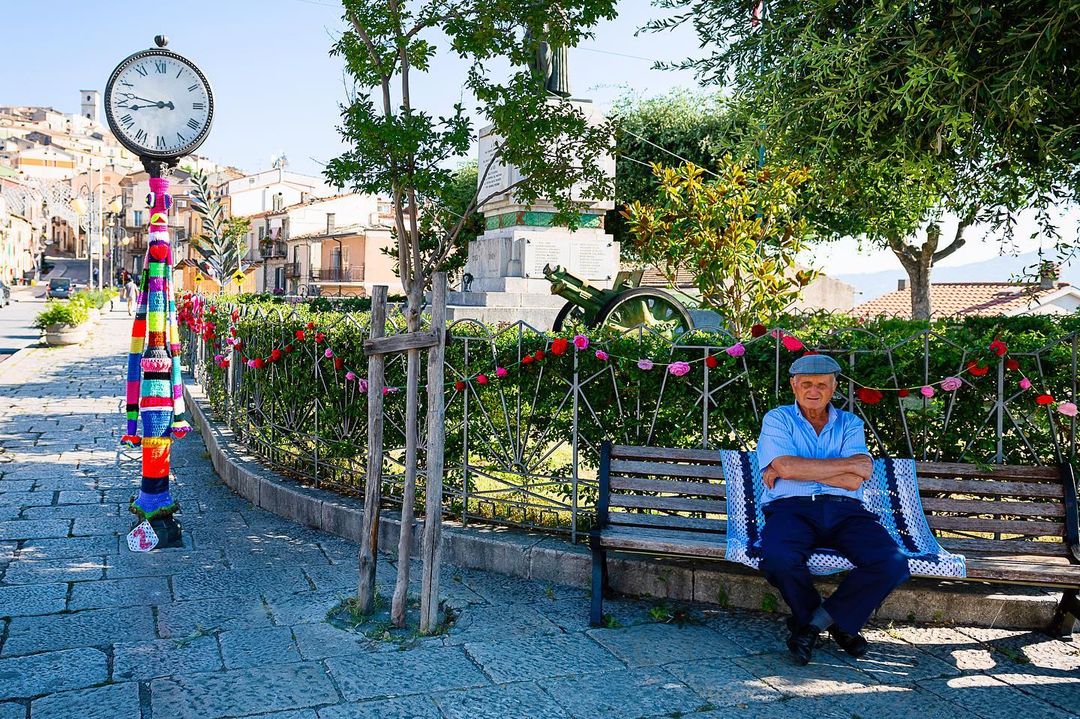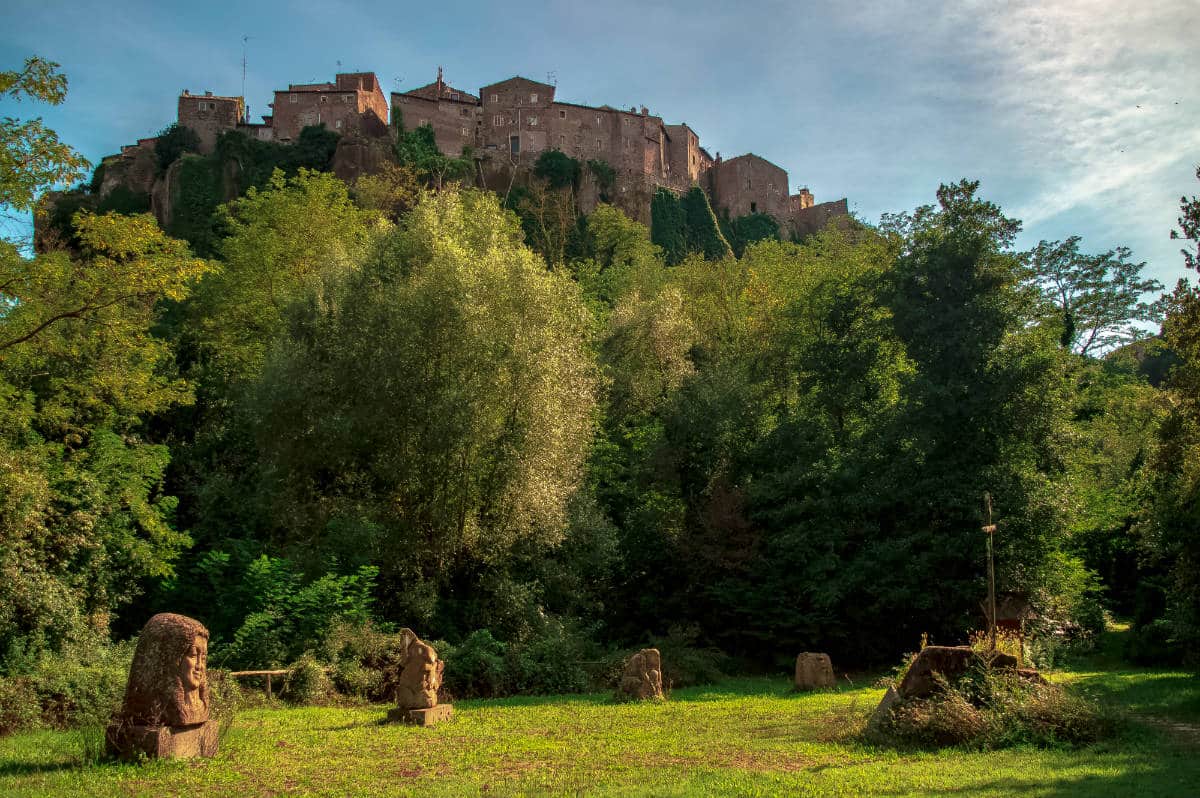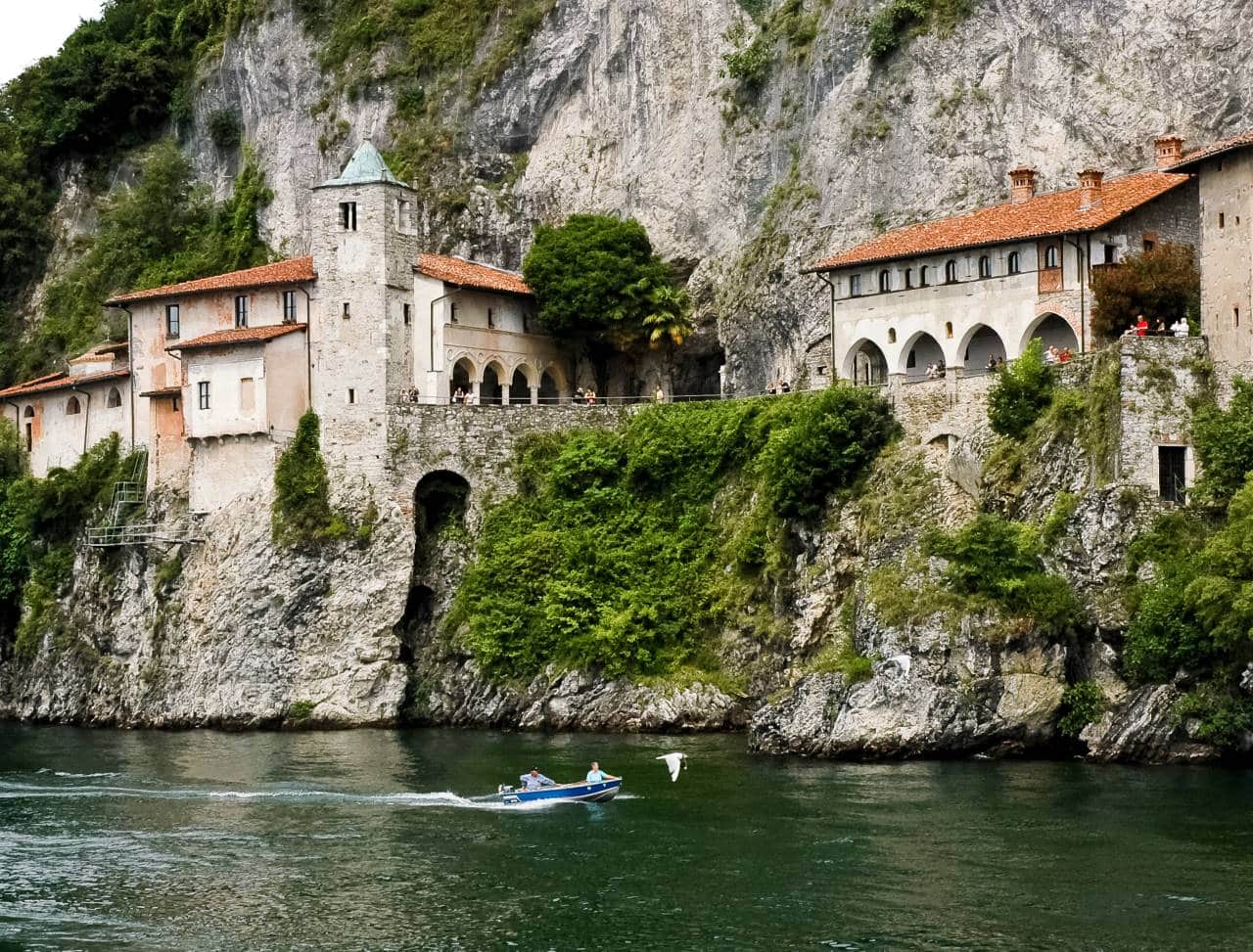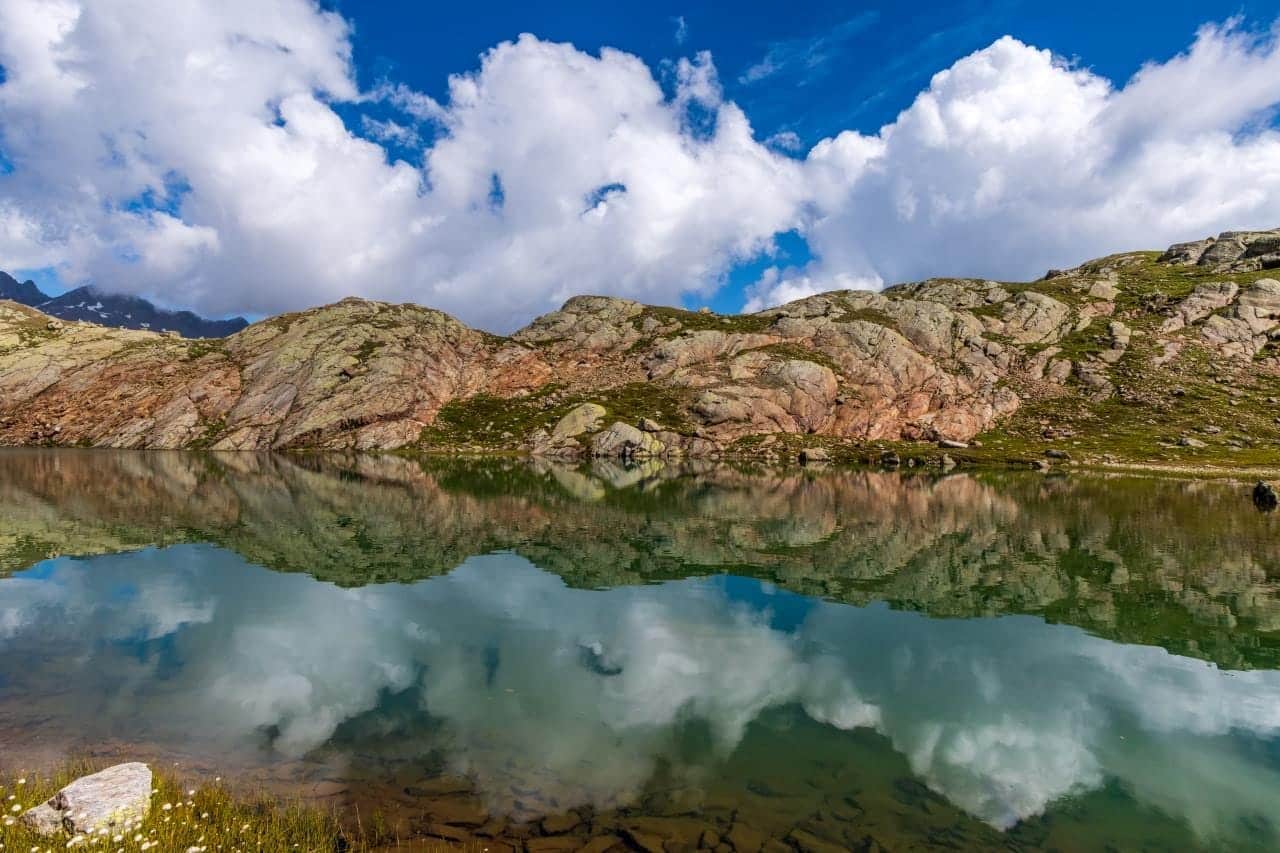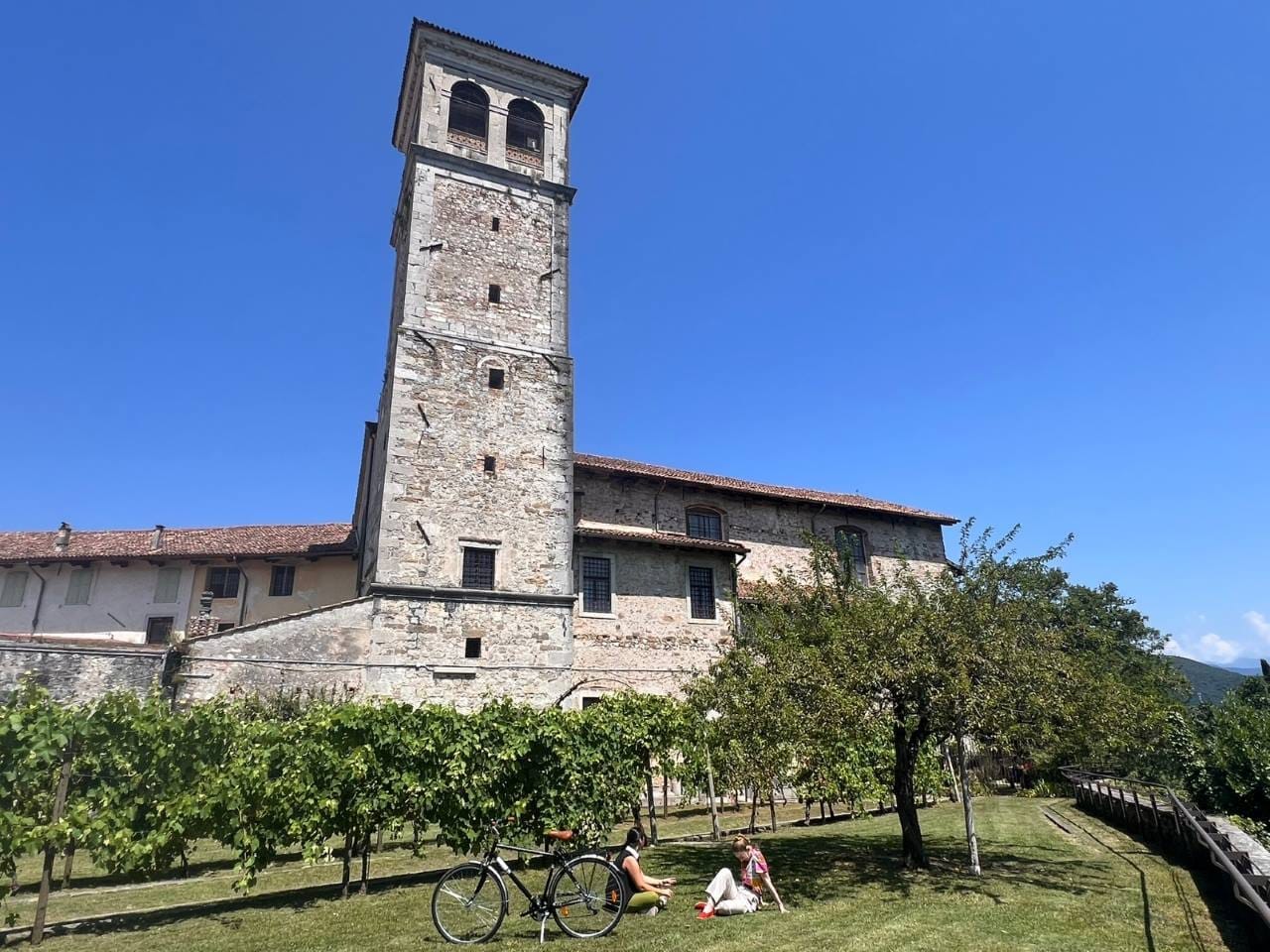It is the state road 407 Basentana to take us from Potenza, in the upper Basento valley, to the heart of the Lucanian Dolomites, after having touched the centers of Vaglio Basilicata, Brindisi Montagna and Trivigno.
It is the Interpoderale Santa Croce Camastra road that leads us to Castelmezzano.
As soon as we exit a tunnel we see it appear on the left dominated by a group of rocky ridges. A view that leaves you breathless. An extraordinary panorama on one of the most beautiful corners of southern Italy. We are in Castelmezzano.

With Pietrapertosa it is certainly the most picturesque of the villages of the Lucanian Dolomites.
Castelmezzano leaves breathless for its beauty, seems to have emerged from a fairytale, dominated by the rocks of the Little Lucanian Dolomites up to which climb steep stairs, winding alleys and the many houses that seem to climb on the rocks.
Of Greek origin, then passed under the Saracens, it was under the Longobards and those Normans who were the architects of the construction of the castle that gave the name to the village, dating back to the XI-XIII century, of which today remains the ruins, part of that heritage historical that we discover little by little during our visit among churches, small chapels, historical buildings and appreciable portals.
The nature of the surrounding green areas is opposed to the village, where flora, composed of linden, pear, maple, alder and Turkey oaks, is joined by fauna, rich in badgers, wolves, wild cats, porcupines, buzzards, peregrine falcons and peaks, masons, nature where to get lost among paths, stairways and small stone bridges. Do not miss a tasty stop to taste the excellent local sausage and the kid with grilled potatoes. Final dessert with the typical and crunchy “crostole” with honey.
It is the municipal road Pietrapertosa Corleto Perticara that connects Castelmezzano to the nearby Pietrapertosa.

We land in the village along via Sant’Angelo that slowly accompanies us into the town. Pietrapertosa is the highest municipality of Basilicata, and with just over a thousand inhabitants is also located in the beautiful Lucanian Dolomites park at 1088 meters above sea level.
The village, built entirely on the bare rock, stretches along the main road that runs to the castle, an ancient Roman fortification dominated by a natural arch, once a look-out place.
In the long history of Pietrapertosa there are the Pelasgi, the Greeks, whose traces are testified by the amphitheater shape of the town, the Romans, who built a fortress where today stands the church of San Francesco, then the Goths and the Lombards, which included Pietrapertosa in the gondaldato of Acerenza, the Byzantines and those Saracens who built their most characteristic parts.
But it was the descent of the Normans and the Swabians to make it one of the strategically most important centers of Lucania. Then the Angevin period, the anti-Bourbon movements, the expedition of the thousand and the phenomenon of brigandage completed the centuries-long course of the centuries.
Centuries that continue to live in the alleys of Pietrapertosa, among its religious, civil and military architecture. Among the religious ones there is the fifteenth century church of San Giacomo, from the original Romanesque structure, with only two aisles and with the imposing bell tower, with inside a precious sixteenth-century wooden choir, the fifteenth century Convent of San Francesco, with inside the seventeenth-century painting of the Apparition of the Child in S. Antonio da Padova by Giovanni De Gregorio, the Immacolata di Filiberto Guma and several other frescoes, then several other chapels including that of San Cataldo, located on a hill.
The true charm of this village in the heart of Lucania is certainly the Arabata, its oldest district, dominated by the Norman-Swabian castle, whose name derives from the Arabs who dominated here for half a century. Visit that leaves us breathless; located in the highest part of the town at the foot of the castle, on very steep slopes and difficult to access, is a maze of narrow streets that climb, resting on the rock that surfaces continuously, including steps, gardens and stables.

To enjoy the beauty of this corner of unmissable Basilicata is the famous “Flight of the Angel”. A steel cable connects the villages of Pietrapertosa and Castelmezzano. That allows you to fly over the beautiful scenery of the Lucanian Dolomites, enjoying, harnessed and hooked to a simple steel cable, one of the most beautiful views of Italy.
The evening comes down and the mountains and the countryside accompany us on the way back, while we return to Potenza.


